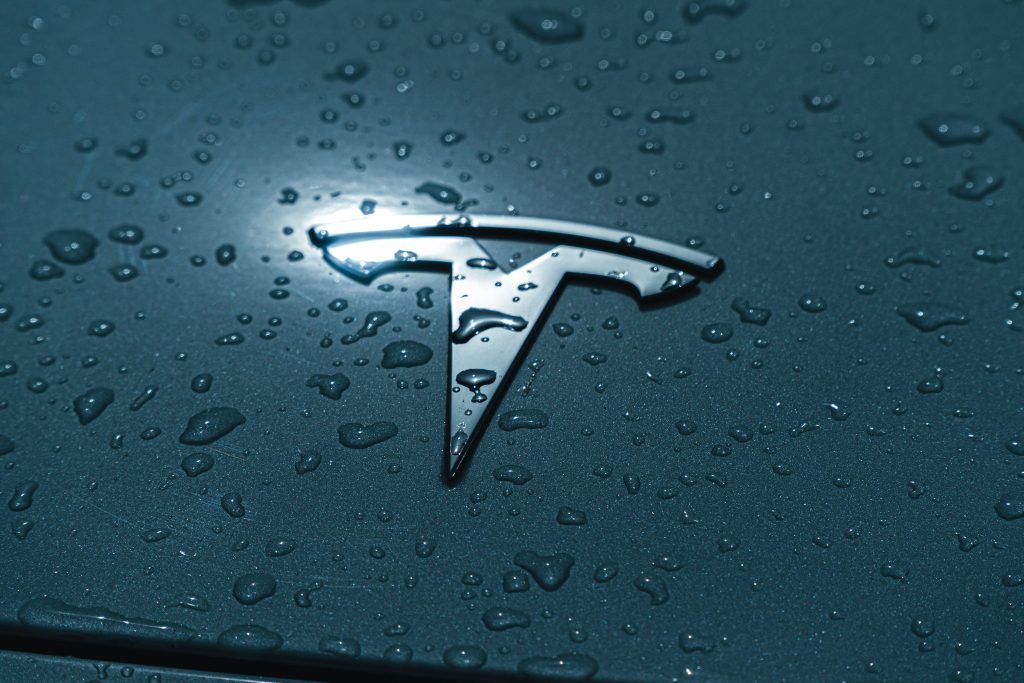By: Otaiba Ahsan

Did you know, a person would need to fly every day for more than 10,000 years to be in a fatal plane crash, whereas the chances of dying in a car collision are about 1 in 101, according to the National Highway Traffic Safety Administration (NHTSA). The point is, driving safety should be a top priority for all automakers, and no one does it better than Tesla. How safe are Tesla’s? The short answer is, the safest of them all! Continue reading for more.
What Makes Them So Safe?
Tesla’s are engineered to be the safest vehicles in the world. Here’s why:
1) Design: Their cars are built with an all-electric architecture. This brings several benefits such as…
- Battery Pack – The position and weight of the battery reduce rollover risk to nearly zero, and improve emergency avoidance handling. This is due to a low centre of gravity, as the battery is close to the ground and their cars have excellent suspension.
- Impact Protection – The side sill structure supports the chassis to absorb impact energy and protect both occupants and the battery.
- Structural Integrity – A rigid body and fortified battery help reduce and prevent cabin intrusion in the event of a collision. In other words, the chances of the cabin being crushed in a crash are lower than in other vehicles.
- Crumple Zones – There are large empty spaces in the front and rear which both work to soften impact and reduce the risk of injury for the driver and passengers.
- Advanced Airbags – Thanks to reduced cabin intrusion, it provides more space for the airbags to fully inflate to protect all occupants.
2) Hardware: There are 8 cameras and powerful vision processing thanks to Tesla’s software. This provides 360 degrees of visibility and helps detect pedestrians, bicyclists, and other vehicles.
3) Active Safety for Every Tesla: Thanks to Tesla’s Autopilot system, there are several active safety features that can reduce impact severity or prevent accidents from happening altogether.
- Automatic Emergency Braking – This system can detect cars, pedestrians, and other objects in front of you. It’ll apply the brakes to prevent impact if needed.
- Forward Collision Warning – When there is an impending collision with a vehicle or obstacle, your Tesla will provide an audible and visual warning.
- Blind Spot Collision Warning – If there’s a car in your blind spot and you begin to switch lanes, it will provide a warning and move you back into place.
- Lane Departure Avoidance – Applies corrective lane-centering steering if you begin to depart into another lane unintentionally.
4) Data Driven Safety: Tesla uses anonymous data from millions of their cars on the road to learn how collisions happen and how they can prevent them in the future. These data points impact safety feature improvements via software updates, and influences the future design of their cars as well.
5) Fire Safety: If the car is damaged, Tesla battery packs are designed to spread heat away from the occupant cabin and battery, which helps prevent fires. Between 2012 and 2020 in the United States, Tesla cars were 10 times less likely to catch fire per mile driven compared to average gas-powered vehicles.
Proven Safety
The entire Tesla lineup, including the Model S, 3, X and Y, have all consistently received 5-Star Safety Ratings by NHTSA, overall and for every category. Moreover, both the Model 3 and Y have been awarded Top Safety Pick by NHTSA as well in separate years.
Lastly, Tesla’s are much less likely to be involved in accidents on the road. If you view the Safety Report from Tesla, you’ll see that the miles driven per one accident varies greatly for the Tesla lineup vs. the United States average.
The Bottom Line
So, how safe are Tesla’s? They’re among the safest cars possible on the road. Thanks to their excellent design as well as their driving safety features, it makes for an award-winning safety experience. The entire Tesla lineup has consistently received 5-Star Safety Ratings from NHTSA annually. Overall, these are great cars to choose if safety is a top priority for you.
